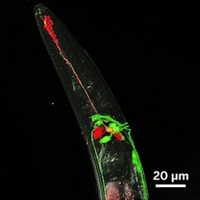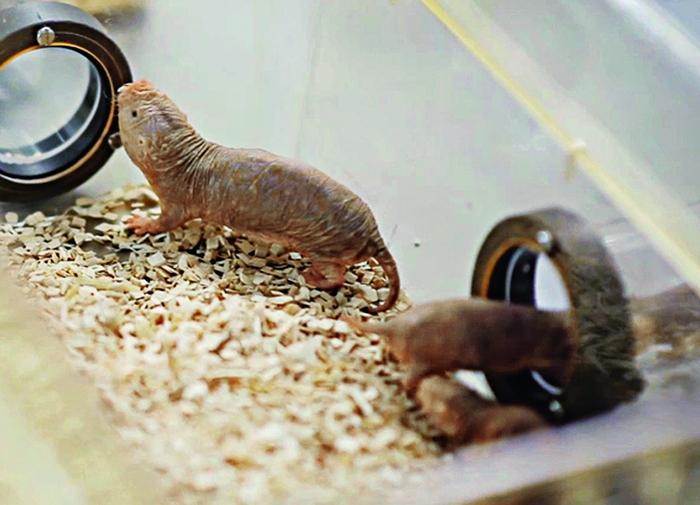Advertisement
Grab your lab coat. Let's get started
Welcome!
Welcome!
Create an account below to get 6 C&EN articles per month, receive newsletters and more - all free.
It seems this is your first time logging in online. Please enter the following information to continue.
As an ACS member you automatically get access to this site. All we need is few more details to create your reading experience.
Not you? Sign in with a different account.
Not you? Sign in with a different account.
ERROR 1
ERROR 1
ERROR 2
ERROR 2
ERROR 2
ERROR 2
ERROR 2
Password and Confirm password must match.
If you have an ACS member number, please enter it here so we can link this account to your membership. (optional)
ERROR 2
ACS values your privacy. By submitting your information, you are gaining access to C&EN and subscribing to our weekly newsletter. We use the information you provide to make your reading experience better, and we will never sell your data to third party members.
Biological Chemistry
Weak Acids Irritate Ion Channel
Mechanism identifies action of acetic acid on cell membrane
by Lauren K. Wolf
May 23, 2011
| A version of this story appeared in
Volume 89, Issue 21
Another group of chemicals—weak acids—has just been added to the list of stimuli that elicit a response from TRPA1, an ion channel in cell membranes that is involved in sensing environmental irritants, according to a report in the Journal of General Physiology (DOI: 10.1085/jgp.201110615). Found in the sensory neurons of the oral and nasal cavities, TRPA1 typically detects reactive electrophiles such as cinnamaldehyde and acrolein when they bind to the protein receptor’s terminal cysteine groups. Emily R. Liman of the University of Southern California and coworkers, however, demonstrate that TRPA1 senses weak acids on the basis of changes in the pH of cells’ inner fluid, or cytosol. The researchers found that weak acids such as acetic and propionic acid cross the cell membrane in an undissociated form and activate the ion channel from the inside with protons that they release. The TRPA1 residues involved in the mechanism are, so far, unknown. The “sheer diversity” of TRPA1 activators, writes Brandeis University neurobiologist Paul A. Garrity in an accompanying commentary on the report, “makes understanding the mechanisms by which this channel is regulated a fascinating and important goal.”





Join the conversation
Contact the reporter
Submit a Letter to the Editor for publication
Engage with us on Twitter